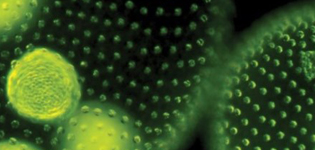Oilgae
The global information support resource for the algae value added products industry.

Started in 2007, Oilgae originally had a focus on biofuels, but has today grown into a comprehensive resource providing intelligence on a wide range of fuel and non-fuel products and solutions from algae.
We welcome you to use our Web site, Blog and Newsletter for insights, and our Club and Forum for interactions. Besides, you can also review our highly acclaimed white papers and reports.
Latest Updates - Research, Regulations, Products...
Oilgae – Services and Solutions
|
|
|
|
|
|
|
|
|
|















